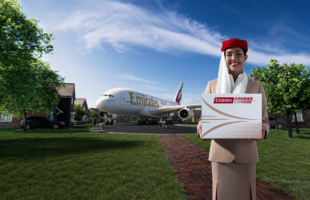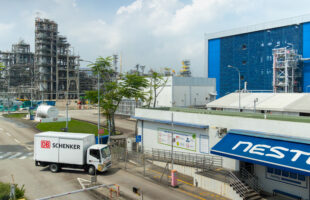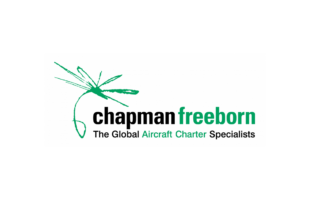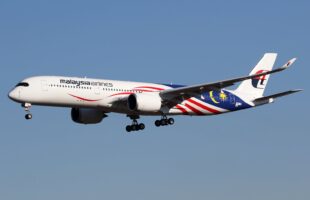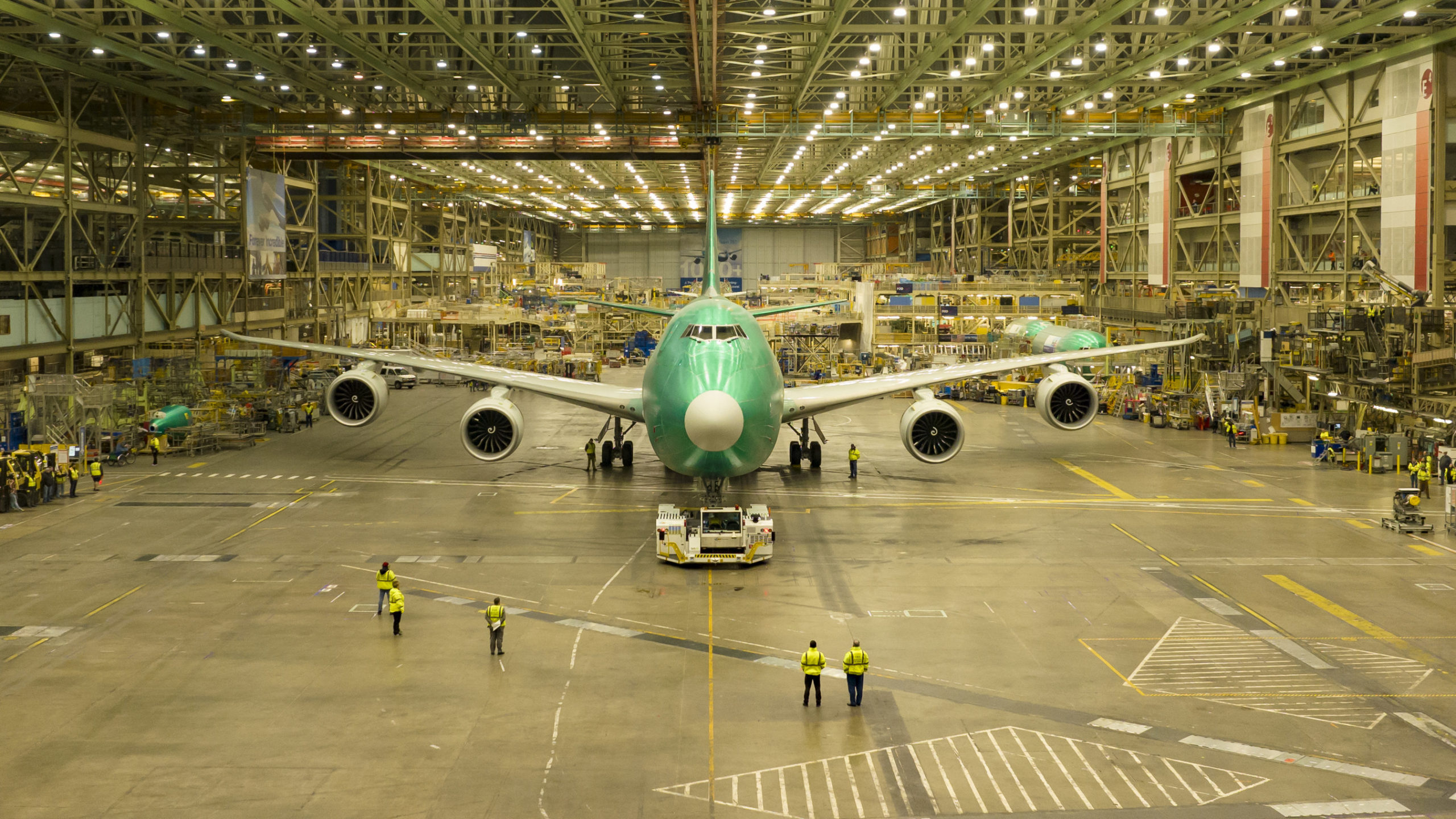
The last Boeing 747 left the company’s widebody factory in advance of its delivery to Atlas Air in early 2023. (Photo: Boeing/Paul Weatherman)
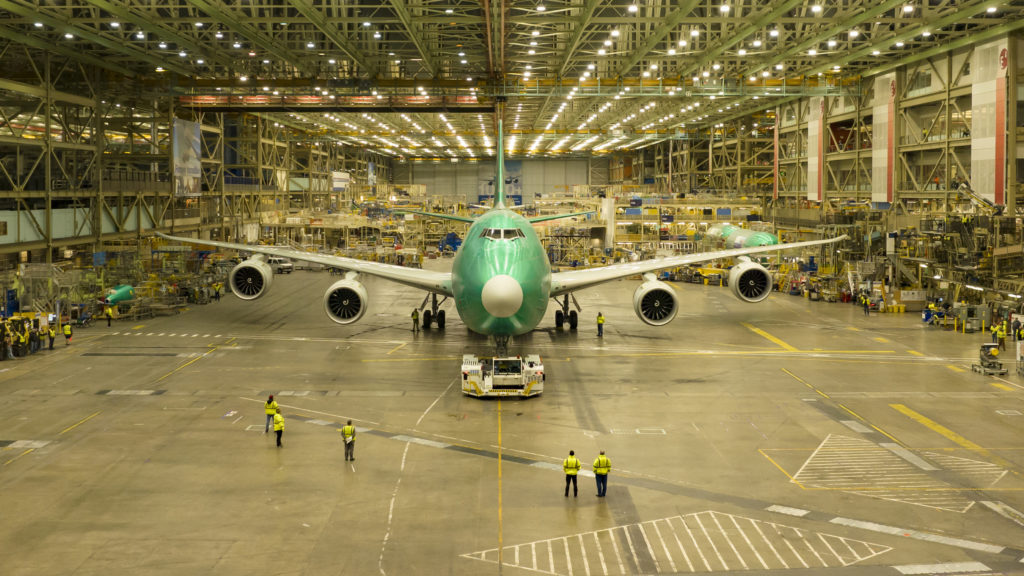
The 747 has played a key role in Boeing’s history of aerospace leadership. On 6 December, the last produced widebody aircraft bid adieu to the widebody factory in Everett, Washington.
The production of the world’s first twin-aisle airplane, also known as the queen of the sky, started in 1967 and the first aircraft entered service in 1970. For 54 years, Boeing built a total of 1,574 airplanes of this type.
At 250 ft 2 in (76.2 m), the 747-8 is the longest commercial aircraft in service. The final 747 to leave Boeing’s production facility is a 747-8 freighter that will be delivered to Atlas Air in 2023. This model has a revenue payload of 133.1 tonnes, which as Boeing describes, is enough to transport 10,699 solid-gold bars or approximately 19 million ping-pong balls or golf balls.
“For more than half a century, tens of thousands of dedicated Boeing employees have designed and built this magnificent airplane that has truly changed the world. We are proud that this plane will continue to fly across the globe for years to come,” said Kim Smith, Boeing vice president and general manager for the 747 and 767 programmes.



